Inside the Valentino Creative Director’s Seaside Sanctuary Near Rome
Valentino’s creative director Pierpaolo Piccioli has done such a good job of perpetuating the dream of Roman life in his ready-to-wear and haute couture collections that it’s sometimes easy to forget that the designer doesn’t actually live in the city. Instead, he arrives in the Eternal City early each morning (quite often by train) and discreetly exits Valentino H.Q. on the Piazza Mignanelli late every evening—commuting back and forth to Nettuno, the lively seaside village he grew up in about an hour outside of Rome. A stone’s throw from the Fascist architecture of Sabaudia, a favorite topic of another Pier Paolo (Pasolini), Nettuno is anything but rational—centered on its medieval borgo, or central square, the lively tourist spot boasts a bustling recreational port and popular holiday accommodations stretching right down onto the sand. It is there, yards away from a hive of vacation sublets with turquoise green awnings and celadon fiberglass facades that Piccioli’s own seaside abode surveys the Tyrrhenian Sea. “This is my escape,” Piccioli tells AD of the beachside retreat he keeps as a weekend spot for family and friends in addition to his family home in the center of town. “I love the city in all its complexity, but my natural habitat is mostly marine. [This house] is a special alcove where I find refuge from the chaos of everyday life. I come here when I need to focus and detox, decompress, and find balance. I spend my time at home drawing and thinking, writing, and relaxing with the whole family. We are all very happy to share this intimate space, doing simple things together such as cooking and watching movies.”
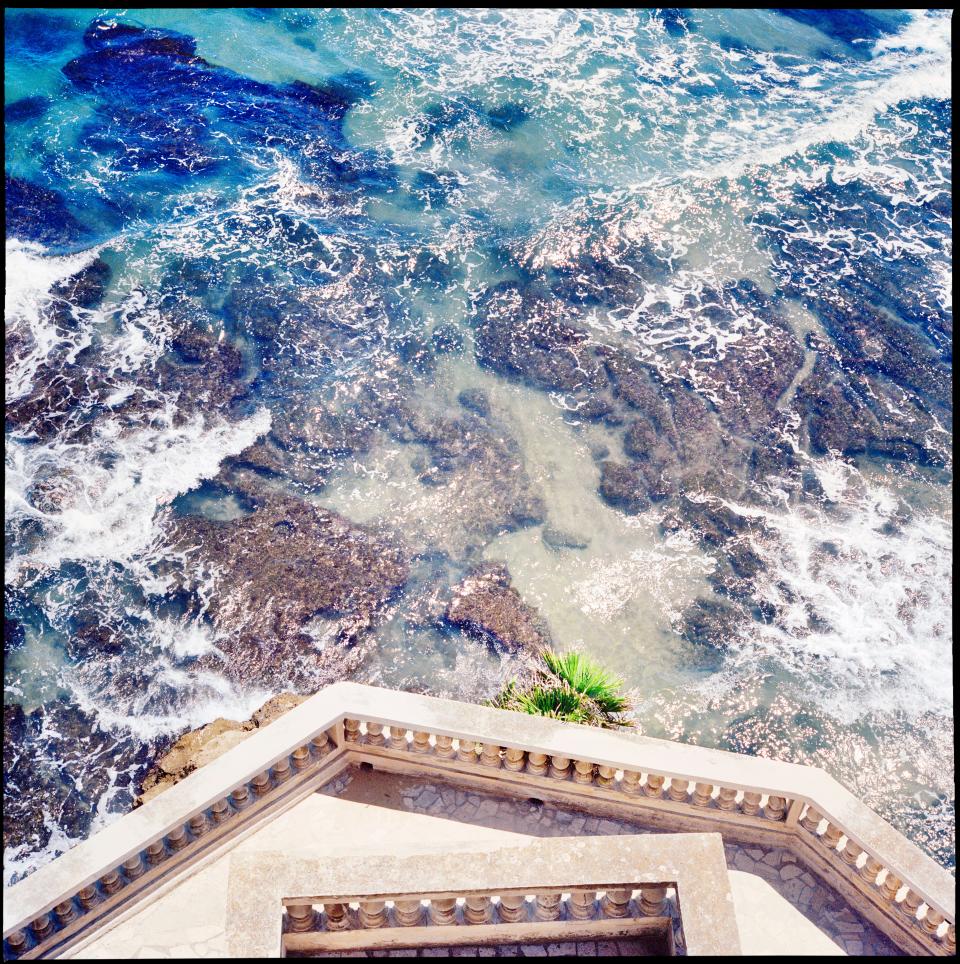
Despite the natural grandeur of ocean views from the terra-cotta-paved terraces, Piccioli’s beach house is refreshing in its simplicity—a space not “designed” but lovingly composed and added to over the years by the designer; his wife, Simona; and their children Benedetta, Pietro, and Stella. “Everything regarding this house is personal, intimate, reserved,” says Piccioli, who is more likely to invite extended family and childhood friends for aperitivi than host a superstar coterie of Hollywood actors and society figures—the likes of whom are more likely to gravitate to Mr. Valentino Garavani himself. “Personally, I don’t like representative houses, built as perfect images, studied in every detail as a design product, just as I don’t like the word lifestyle, whatever it means. My house is a real one: Its value is all human, and it has to please no one but us, the ones who live in it.”
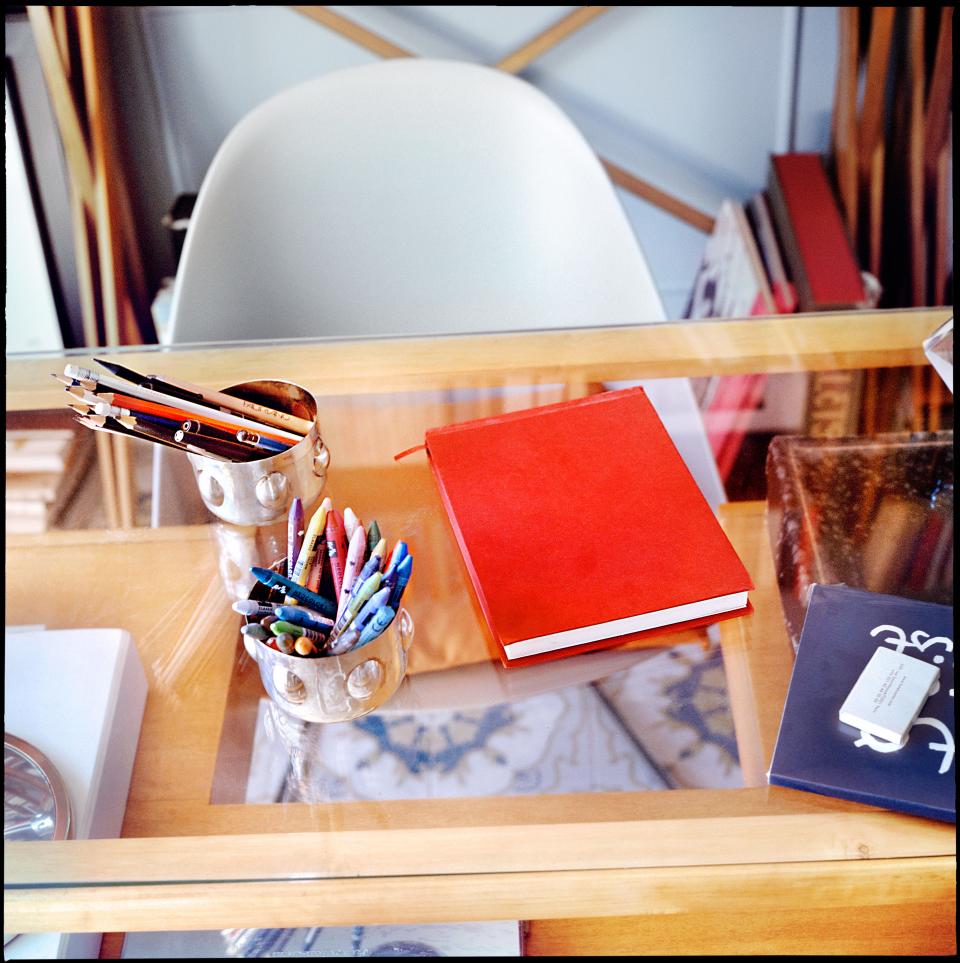
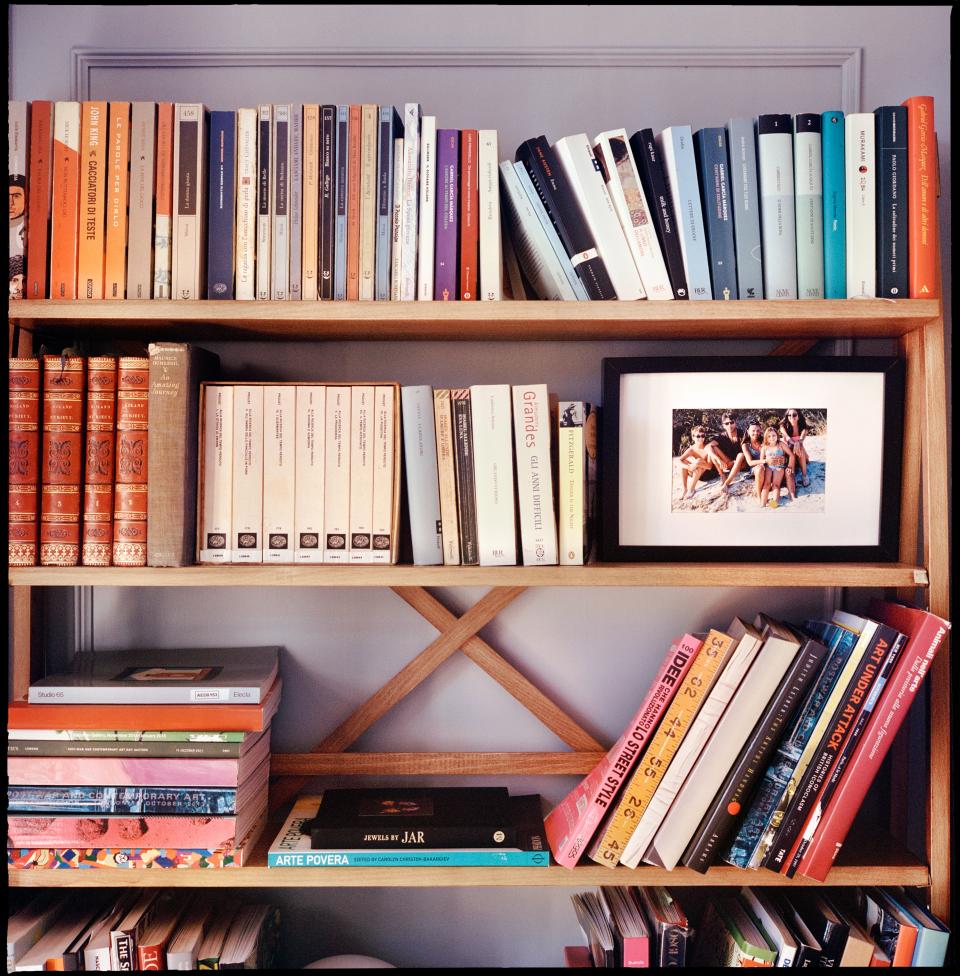
Piccioli’s humble outlook belies the lived-in beauty of his spaces, where subtle nods to Italian design history meet classic fittings and a healthy clutter of personal ephemera. An ornate kaleidoscope of beige-and-blue maiolica tiles grounds the living room floor firmly in the decorative traditions of the region, while corniced wooden walls are left mostly bare aside from framed illustrations by Piccioli’s daughter Stella and the American fashion illustrator Richard Haines. Haines’s raw depictions of Valentino haute couture outfits capture the designer’s vivid color combinations with aplomb—yet it’s the amateur works that truly have his eye. “My children’s drawings are the most valuable piece of art in the whole house,” says Piccioli. “Again, the real value of every single piece is emotional. Richard’s illustrations are instinctive and immediate—in this sense they look particularly authentic and pure to me. Also, I like the fact that my son and my daughters love them.”
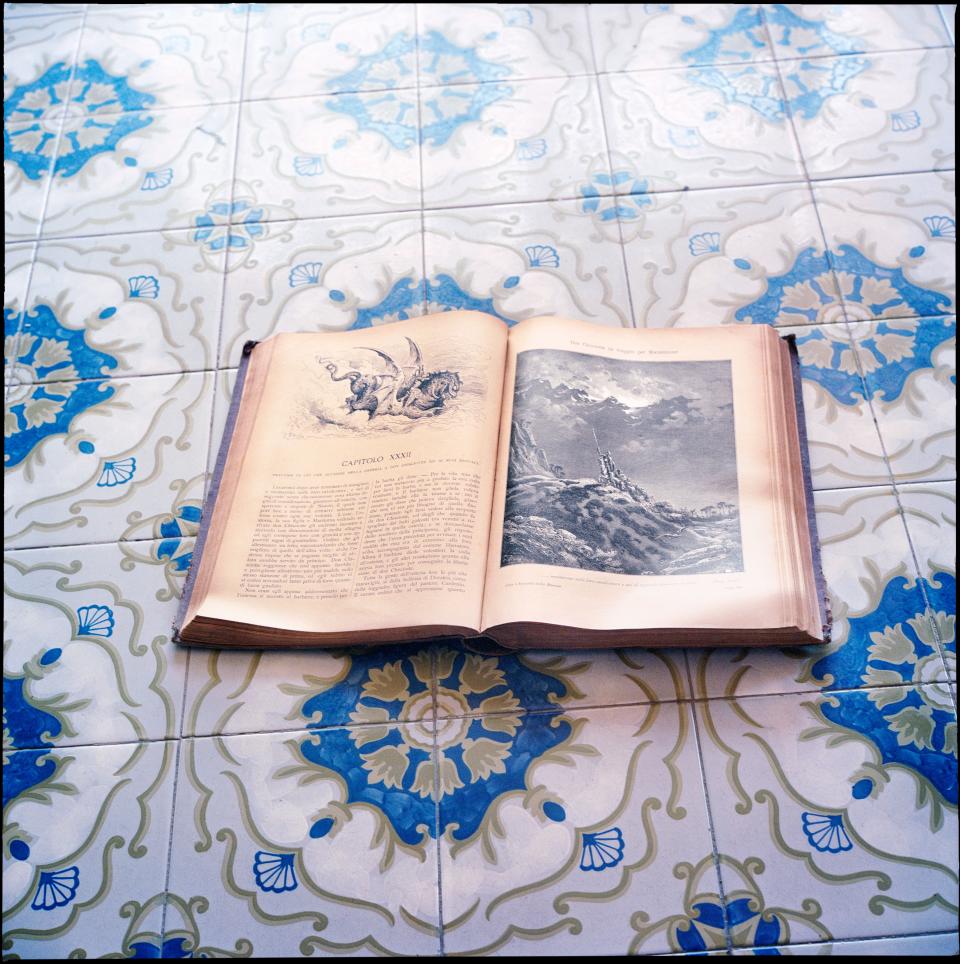
Elsewhere, more telling objects reveal the depth of Piccioli’s bowerbird eye. To wit, Carlo Scarpa’s Poliedri chandelier for Venini hangs like a glistening nest above a plush red velvet sofa that dominates the living room. “That is a family thing,” says Piccioli of the fringed four-seater. “We like to sit on that lovely sofa and watch movies together at night. I’ve spent some of the best times of my life on that sofa!” He explains, “In the end, each piece of my home’s furniture has more an affectionate value than an aesthetic meaning. All the objects that surround me remind me of a special moment, or a person. If I had to make a comparison between this house and my work life, I would think of it like a toile—the basis of a couture creation—like a neutral surface that gradually comes to life.”
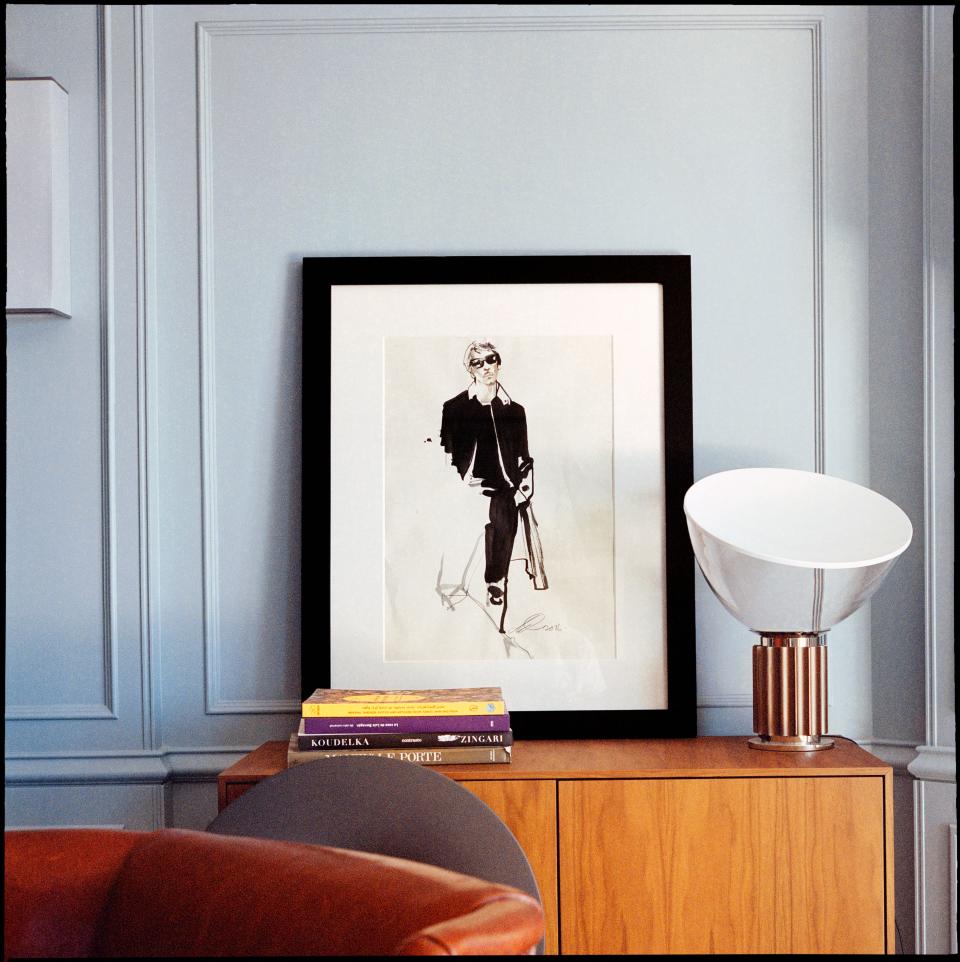
During legal confinement for the COVID-19 pandemic in Italy, Piccioli abandoned his daily commute to Rome—choosing to sketch at his glass-topped desk surrounded by what amounts to a mere fraction of his reference library. A glimpse at those bookshelves reveals a kaleidoscope of references, from Murakami and García Márquez novels to volumes of Proust, arte povera studies, and even epic poetry. “My desk is a comfortable place. I like the perspective from that spot, and the freedom of sitting there alone with my fantasies. I find it useful and inspiring to have interesting materials around, especially while drawing or thinking about new projects,” says Piccioli. “My Renaissance painting books are always in reach, as I am passionate about the history of color in art—especially the technical processes that led to the creation of specific types of colors. As a designer, chromatic research is one of the creative aspects that interests me the most—I identify my whole life with color. But this is only partially reflected by the spaces I inhabit.”
Originally Appeared on Architectural Digest

